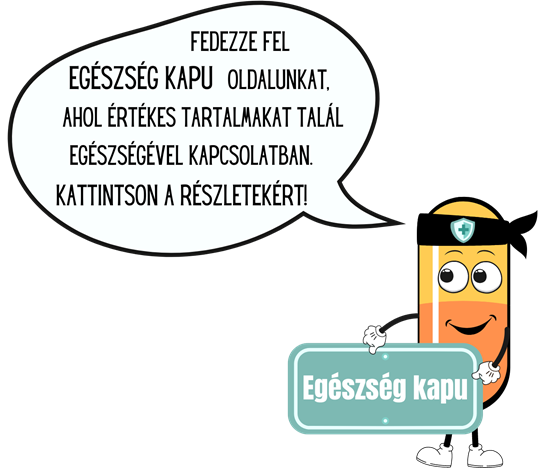- Introduction
- INHEAL - Innovation in Health Literacy
- INHEAL Aims & Objectives
- INHEAL Methodology
- What is Health Literacy & Digital Health Literacy: Facts Identified
- Health Literacy Overview
- Digital Health Literacy Overview
- The Relationship between Older Adults, Aging Population and Health Literacy
- Improving Health Literacy for Older Adults: Resources Kit
- Areas of Health Promotion, Health Protection and Disease Prevention Basic Concepts
- Healthy Lifestyle choices Official Recommendations
- Use of Media Information: How to Better Access, Understand, Evaluate and Apply Information and Prevent Diseases or Risks?
- Working with Older Adults: Recommendations and Best Practices Examples to Develop Health Literacy Capacity
- Strengthening Systems & Organizations (Universities of Third-Age, Nursing Homes) to make them more health-literate:
- Implementing Educational Programs and Activities dealing with Health Promotion, Health Protection and Disease Prevention for Older Adults
Az egészségértés mérésének módszerei
Please, find the Analyses both in National Languages and in English below:
Approach adopted
Integral to INHEAL implementation are to determine the real, relevant gaps and learning needs of accessing health information and services and the current state of play measures and practices adopted at the national level to enhance it in the countries of the project’s partners, namely: Czech Republic, Hungary, Poland, and Slovakia. In order to achieve this, the research behind INHEAL analysis will be conducted so as to:
- homogén szerkezetet követ;
- naprakész adatokat tartalmaz;
- lehetővé teszi a tényeken alapuló megállapításokat;
- országonként összehasonlítható eredményeket ad;
- reprezentatív kutatási mintát állít elő.
The chosen research items ought to provide a representative, topical, and up-to-date overview of the institutional setup and policy framework in the partners’ countries. INHEAL analysis was intended to be a cross-country, individually-sensible, yet collectively representative material. The selection of the research topics and sub-topics has been pursuant to the scope, objectives, and envisaged outcomes of this project. Thus, the research that underpins it was based on comparable research items and indicators. Moreover, to cover a similar time horizon, the research was advised to cover institutional and policy developments from the past 5-7 years, depending on the availability of data and the historical relevance of each research item in the partners’ countries.
National Context of Health Literacy among Senior Citizens
Health Literacy definition, general characteristics;
National Health Literacy studies overview: evolution of health literacy assessment tools and measuring methods, trends across years, and status quo, special focus on senior citizens;
National Health Literacy statistics: health literacy levels among seniors across years and status quo; main gaps and issues identified by the latest studies (i.e. individual and system factors)
National Strategy Path on Diseases Prevention, Health Protection, and Health Promotion: Priority Areas and Strategic Objectives;
Existing and Developing Public Policies for increasing Health Literacy, special focus on their scope of action and impact on senior citizens’;
National Context of Digital Health Literacy among Senior Citizens
- Broad scope of Digital Health, (categories of tools and services)
- Digital Health Literacy definition, general characteristics
- National statistics on ICT use: current number of households having access to the Internet, equipped with a computer, landlines, mobile lines, measured popularity of e-health resources, special focus on seniors;
- National Digital Health Literacy overview: health literacy levels among seniors accross years and status quo; main gaps and issues identified by the latest studies (i.e. individual and system factors);
- National promotion and use of ICT tools and techniques in accessing health information and services, general support policies;
- National current trends/methods/approaches targeting seniors in relation to improving their digital health literacy level, focus on good practices and transferable trends/current methods;
Upon the realization of the analyses in each partner´s national language and their translation into English, the partners have contributed to the creation of a comparative table, listing the main findings and promising measures implemented in their respective countries or objectives expected to be achieved. The discussions around the main findings of the analyses performed have enabled project partners to start conceiving a Common innovative and health-improving methodology.
Methodology
One of the specific objectives of INHEAL project is to introduce a common innovative health-improving literacy methodology, including innovative methods to enhance health literacy among seniors, instructions for their application and practices, and guidelines on passing the knowledge gained directly to older adults.
The main purpose of this methodology is, in fact, to inspire and enable organizations associating elderly people in all V4 countries to put into use the knowledge and material results developed through the work research and national analyses performed. Additionally, the methodology has also been designed to reach and educate seniors through this online platform, reducing the stigma of technology as a tool unsuitable for elders and ensuring the role of health education in the prevention of health problems. More precisely, it intends to assist its readers in understanding health literacy and digital health literacy and to provide selected good, efficient practices and instruments. The results and recommendations included in this guide have been obtained from the data collected and hereby, the issues and gaps identified upon desk research in all V4 countries. The national analyses conducted have served as a knowledge base to understand the similarities and differences between the V4-s as well as the needs to cover in each country.
